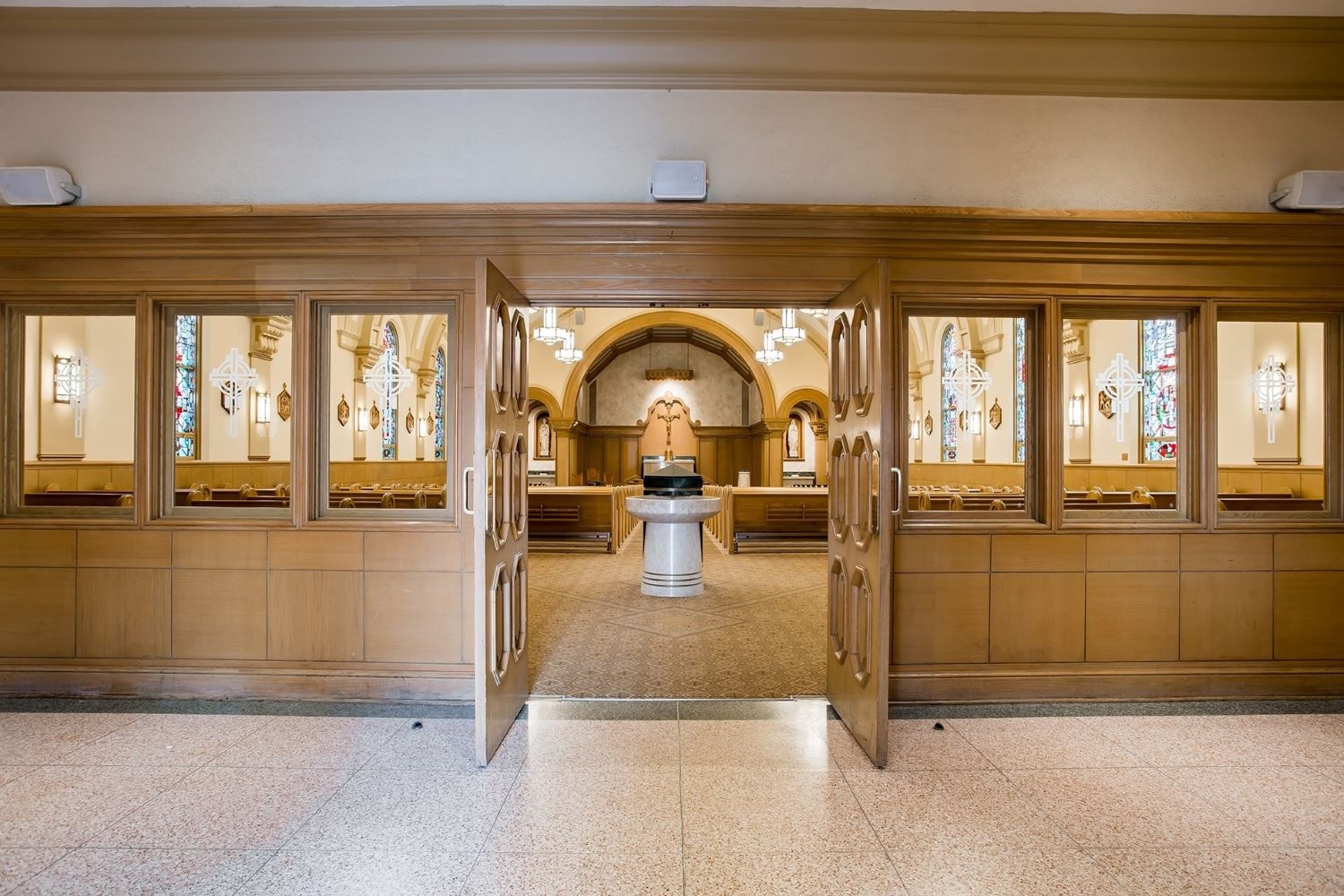
What is a narthex? A narthex is the entrance or lobby area, located at the western end of a church. This architectural feature serves as a gathering space for worshippers before entering the main part of the church. Historically, it was used by catechumens and penitents who were not allowed to enter the nave during certain parts of the service. The narthex often includes features like columns, arches, and sometimes even a separate entrance. It acts as a transitional space, preparing individuals for the spiritual experience inside. Whether simple or ornate, the narthex plays a crucial role in church architecture, blending functionality with symbolism.
What is a Narthex?
A narthex is a distinct architectural feature found in early Christian and Byzantine churches. It serves as a vestibule or entrance porch, often separating the main worship area from the outside world. Let's dive into some fascinating facts about this unique structure.
-
The term "narthex" comes from the Greek word "narthex," meaning "giant fennel" or "scourge." This name likely refers to the long, narrow shape of the space.
-
In early Christian architecture, the narthex was a place for catechumens (those preparing for baptism) and penitents to stand during the service, as they were not yet allowed into the main worship area.
-
The narthex often served as a transitional space, symbolizing the passage from the secular world into the sacred space of the church.
Historical Significance of the Narthex
The narthex has played a crucial role in church architecture throughout history. Its design and purpose have evolved, reflecting changes in religious practices and architectural styles.
-
In Byzantine churches, the narthex was typically divided into two sections: the exonarthex (outer narthex) and the esonarthex (inner narthex).
-
The exonarthex was an open or semi-open space, often featuring columns and arches, while the esonarthex was enclosed and more elaborately decorated.
-
During the Middle Ages, the narthex became a place for processions and other liturgical functions, emphasizing its importance in religious ceremonies.
Architectural Features of the Narthex
The design of the narthex varies across different cultures and architectural styles. However, certain features are commonly found in many narthexes.
-
Narthexes often have large, ornate doors that serve as the main entrance to the church. These doors are sometimes decorated with religious symbols or scenes from the Bible.
-
Many narthexes feature columns and arches, creating a sense of grandeur and emphasizing the transition from the outside world to the sacred space within.
-
Some narthexes include a gallery or balcony, providing additional space for worshippers or for the choir during services.
Symbolism and Function of the Narthex
The narthex holds significant symbolic meaning in Christian architecture. Its design and function reflect various aspects of religious belief and practice.
-
The narthex symbolizes the threshold between the secular and sacred worlds, representing the journey of spiritual transformation.
-
In some traditions, the narthex is associated with the concept of penance and purification, as it was historically a place for penitents and catechumens.
-
The narthex also serves a practical function, providing a space for worshippers to gather before and after services, as well as for processions and other liturgical activities.
Narthex in Modern Church Architecture
While the traditional narthex is less common in contemporary church design, its influence can still be seen in modern architecture.
-
Many modern churches incorporate a vestibule or entrance hall that serves a similar function to the traditional narthex, providing a transitional space between the outside world and the worship area.
-
In some contemporary churches, the narthex has been reimagined as a multi-purpose space, used for social gatherings, meetings, and other community activities.
-
The symbolic significance of the narthex continues to inspire architects and designers, who often incorporate elements of its design into modern church buildings.
Notable Examples of Narthexes
Throughout history, many churches have featured remarkable narthexes, showcasing the architectural and artistic achievements of their time.
-
The Hagia Sophia in Istanbul, Turkey, boasts an impressive narthex with intricate mosaics and marble columns, reflecting the grandeur of Byzantine architecture.
-
The Basilica of San Vitale in Ravenna, Italy, features a beautifully decorated narthex with stunning mosaics depicting biblical scenes and saints.
-
The Church of the Holy Sepulchre in Jerusalem, Israel, has a historic narthex that has been a site of pilgrimage for centuries, symbolizing the connection between the earthly and divine.
Fun Facts about Narthexes
Let's wrap up with some interesting tidbits about narthexes that you might not know.
-
In some medieval churches, the narthex was used as a place for legal proceedings and public meetings, highlighting its role as a communal space.
-
The narthex of the Basilica of Saint-Denis in France is considered one of the earliest examples of Gothic architecture, featuring ribbed vaults and pointed arches that would later become hallmarks of the style.
The Final Word on Narthex
Narthex, a term with roots in ancient architecture, holds a fascinating place in history. Originally, it referred to the entrance or lobby area of early Christian basilicas and churches. This space served as a transitional zone between the secular world and the sacred interior. Over time, the design and function of narthexes evolved, reflecting changes in architectural styles and religious practices.
Understanding the narthex's role offers a glimpse into the cultural and spiritual life of past societies. It highlights how architecture can shape and reflect human experiences. Whether you're an architecture enthusiast or just curious about historical structures, the narthex provides a unique lens through which to view the past.
Next time you visit an old church or basilica, take a moment to appreciate the narthex. It's more than just an entryway; it's a bridge to history.
Was this page helpful?
Our commitment to delivering trustworthy and engaging content is at the heart of what we do. Each fact on our site is contributed by real users like you, bringing a wealth of diverse insights and information. To ensure the highest standards of accuracy and reliability, our dedicated editors meticulously review each submission. This process guarantees that the facts we share are not only fascinating but also credible. Trust in our commitment to quality and authenticity as you explore and learn with us.


